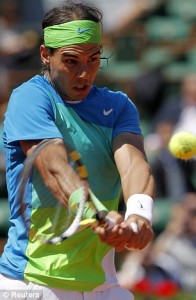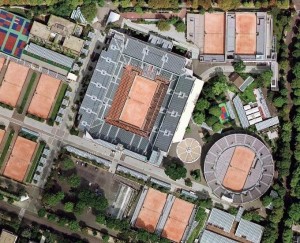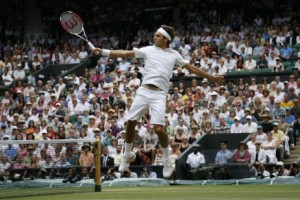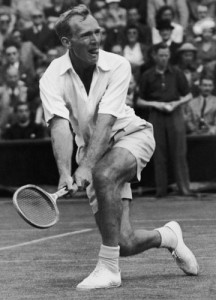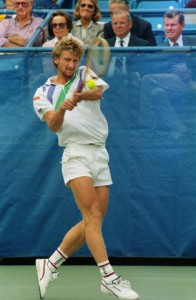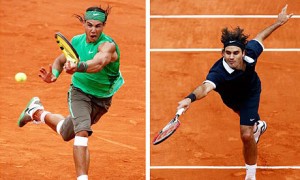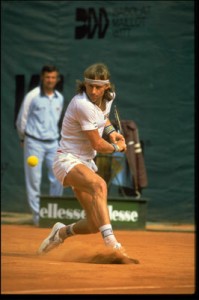French Open Champions: Best 8 in the Modern Era 14
More than any of the other majors, the French Open often produces a special kind of champion who loves to burrow down and blast his way through the red clay.
What is more, today, these French Open supernovas often manage to translate the skills that allow them to win on clay to other surfaces.
Winning on clay demands players excel in developing points using the brain as well as brawn—utilizing defensive skills, often as the launching pad for offense. The clay-court match requires playing with a huge measure of patience—hence, the phrase grinding it out becomes relevant in tennis.
Many professionals point to the lack of clay courts in the United States as one of the reasons for the reported failure of U.S. tennis during the past two decades.
The number of clay courts in the United States has dwindled dramatically. Today’s American youngsters learn to play almost exclusively on hard courts, foregoing the lessons imparted to their European and South American counterparts on homeland clay courts.
Of course, grass and clay courts are far more expensive to maintain which explains why these special surfaces are dying out in most places.
When you look at the ATP calendar, the clay court season lasts approximately two months—from April to the first week in June.
The grass season is even shorter—one month. The rest of the calendar is played on artificial surfaces of various textures and rebound strength.
The French Open has been played since 1891. Starting in 1928, the tournament was played on the red clay courts of Stade Roland Garros in Paris.
Naturally, no tennis aficionado can talk about the greats of tennis history without mentioning the great Four Musketeers of French tennis: Jean Borotra, Jacques Brugnon, Henri Cochet and René Lacoste who were responsible for the great enthusiasm the French have for tennis.
Since the modern era began in 1968, however, there have been only a handful of multiple winners of the French Open. The top eight French Open Champions of the Open Era have won the title more than once since 1968.
If titles are equal, then the number of finals reached is considered. If all else is equal, the winning percentage becomes the final determining factor.
